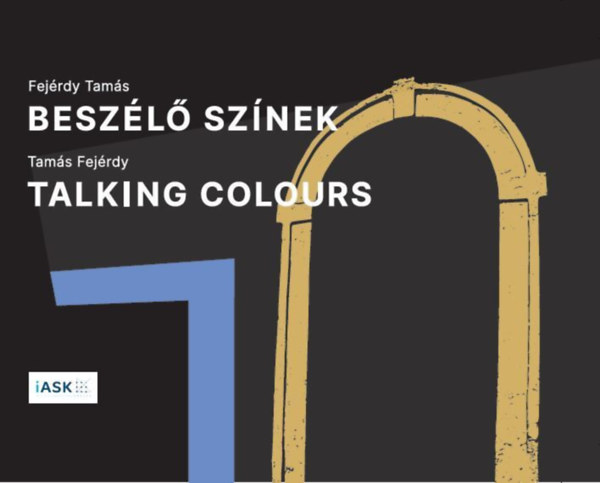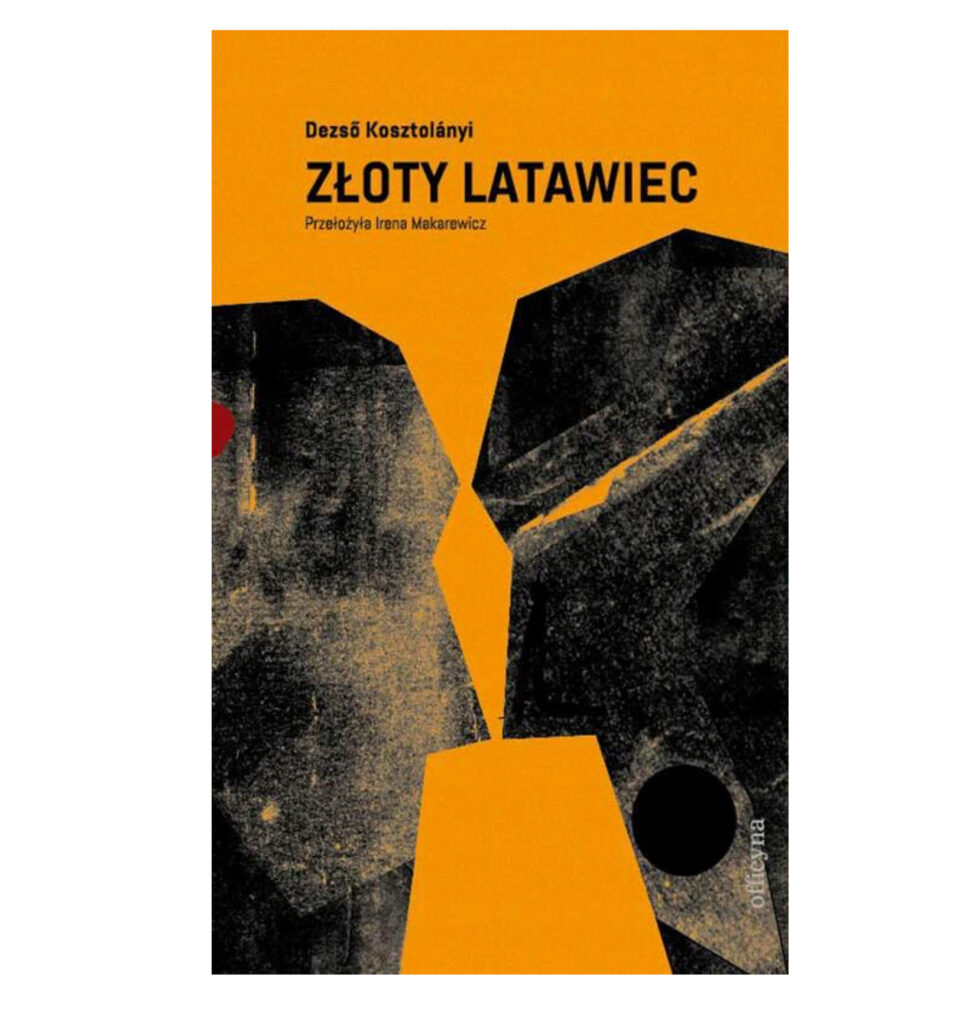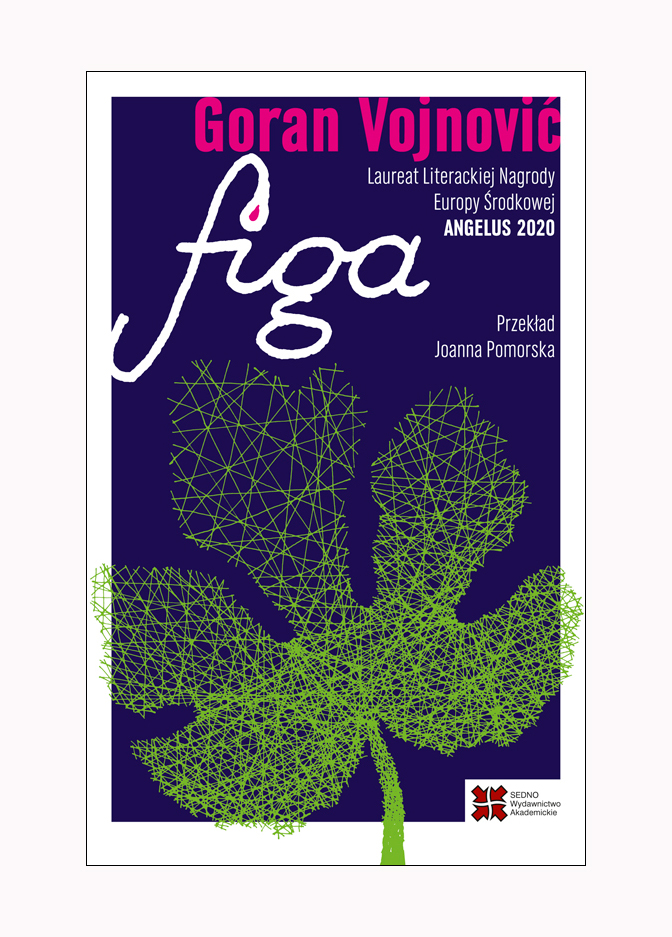
The role and significance of colors in architecture are well-known topics, often discussed in connection to the lost colors of ancient ruins or monuments. Tamás Fejérdy’s book analyzes the topic of coloring in the context of historic buildings still in use and speaks about the proper approaches of using colors today. Accordingly, this bilingual publication is a gap-filling work that targets architects, practitioners in the construction industry, owners of historic houses and all the interested wanderers of the villages and towns, who are keen on understanding and managing our valuable built surroundings.
Tamás Fejérdy through his professions by being a conservator, an architect, a cultural heritage expert as well as a professor realizes the aim of the book perfectly. The author’s “conservator identity” can be identified throughout the book when he explains the historic-, aesthetic- and artistic values of the historic buildings and the importance of authenticity and integrity (within its local context as well) regarding using the colors on the façade. Acknowledging signs of different historic periods as well as of the contemporary needs, settings and functions of the buildings also allude to the conservator profession of the author. The format of the book resembles the classical sketch books of the architects having longer verticality and shorter height than typical handbooks. The author, being an architect knows and uses the Latin-based jargons of the different architectural elements throughout the book together with the Hungarian/English translation that provides yet another informative layer to the book.
While the format and structure of the chapters resembles the official documents (charters and recommendations) of UNESCO or ICOMOS. It consists of twenty-one relatively small sections including the introduction and the summary as well). Also similar to these types of documents at the end of the book a detailed case study analysis and a glossary of the defining terms used throughout the text can be found. The columns of the text in two languages are situated next to each other, hence there is not any page that would be irrelevant for the reader despite his or her language preference. Moreover, the layout of the text is also an extra linguistical advantage. Readers can learn the architectural terms and phrases in two languages while reading the book. Besides photos there are structural drawings of diverse decorative elements of the façades, as well as, modified photographs in the book. In the latter case, the author recolors the images to (teach) exemplify the proper use of colors and of shades. He adds explanatory lines and errors on the photos, with which the reader not just understands but actually sees the problem and possible solutions due to and by coloring.
The title, “Talking Colours”, alludes to the symbolic meanings of colors on one hand, but on the other hand, it emphasizes the communicative aspects of the colors on architectures. Colors of a façade are projected information on the wall. They can represent the owner’s or the architect’s intention to express richness or to imitate certain material. But these colors also trigger impressions in the viewers as well. Tamás Fejérdy by addressing the owner, the builder and the “pedestrian” as well, tries to harmonize and connect the different members of the communication process that the talking colors realize. The subtitle that can be read only on the third page of the book and not on the cover, defines the subject and aim of the book more precisely: “The role and rules of the architectural colour of the façades from historical buildings (theoretical as well as practical aspects and guidelines)”. Later in the book Fejérdy further articulates the project: “The purpose of this work is, therefore, to provide guidance for the proper planning and implementation of interventions that aim to preserve the façades of historic monuments. Based on the available sources, it seeks to provide instruction on the correct usage of both the architectural (structural and decorative) elements (sections or mouldings) of façades as well as proper use of colours” (30).
The combination of theory and practice is well identifiable throughout and on many levels of this publication. The reader can become familiar with the coloring practices of different historical ages, with diverse regulations that direct the practices, and the architectural theories regarding (expressing) weight and balance. Regarding practical suggestions the author emphasizes the importance of the holistic and detailed research, the necessity of on-site investigation and the adaptation of contemporary, secondary sources before the actual implementation takes place. He further suggests the consultation with specialists and making coloring plan in advance, as well as, warns to the importance of sustainability by considering future maintenance tasks already at the preparation phase.
The book provides numerous examples for good and bad practices as well as for exceptions with descriptive images that supports the understanding of the written content. The images show a great variety in terms of colors. Black-and-white, as well as, color photos can be found depending on the illustrated topic such as the importance of shadow or the use of light and dark colors on a façade. The locations of the photographed buildings expand the territory of Hungary or even the region of Central Europe (from Malta to Great Britain and from the Netherlands to Hungary examples can be found). The size of the depicted façades is varied as well fitting to the given topic (e. g. only a frieze or capital of a pilaster versus the whole façade of a church). Moreover, the author’s picturesque and anecdotical writing style, his precise but very polite critical remarks and understanding attitude makes the topic easy to follow and highly enjoyable even for the naive admirers of historical buildings.
The book analyzes the suggested types, numbers and locations or separations of colors on façades. Besides the adapted colors themselves, the preparatory steps and requirements of implementing certain colors on the walls are introduced, as well as, some “consequences,” visual effects of coloring: “Since tectonic logic was ignored, this gate appears to be deteriorating as it is still clamped in position rather than located in the originally elegantly designed, generous frame of the porch gate” (100.o.). Moreover, the author also discusses in details the coloring guidelines of different parts of façades such as frames, niches, columns and pilasters and even considers the proper coloring of plaques and other signs on façades of the historic buildings. Such a huge project and rich material that was prepared with cooperation of many colleagues (who are mentioned in the dedication, foreword and introduction sections) unquestionably contain some (mainly grammatic) mistakes that are incomparably few to the size and complexity of the topic covered.
The wide range of targeted audiences and complex goal of the publication require the adaptation of interdisciplinary approach in discussing the topic. Accordingly, the book contains historical information, knowledge about the coloring techniques and materials, as well as, discusses the questions of aesthetics and protection. Both characters (wide targeted audience and interdisciplinary approach) resemble well the publisher: the Institute of Advanced Studies, Kőszeg with which the author has been affiliated with for many years. The title also connects this publication to another project of the Institute, namely the “Talking Houses project” that conducts micro-history research projects that include art history, architecture history, oral history and memory studies with focusing on a particular house or set of houses. The over-representation of the city, Kőszeg, where the Institute is located, also connects the publisher and the book in an elegant, less explicit way.
At the end of the review let have a word on the beginning, the cover design of the book that looks quiet schematic at first sight. After reading through the book, one can decode a segment of a window frame in blue, the most valuable color due to its cost to produce, and a framing of an entrance in mustard yellow, which is a traditionally adapted earthly color on façades. Accordingly, the two colors are talking to the reader and also together they point out one of the most common contemporary problems: the disintegration or over-coloring of façades, one major topic of the publication. All of which make sense only after reading this highly informative book that is whole-heartedly recommended.
Melinda Harlov-Csortán
Copyright © Herito 2020


